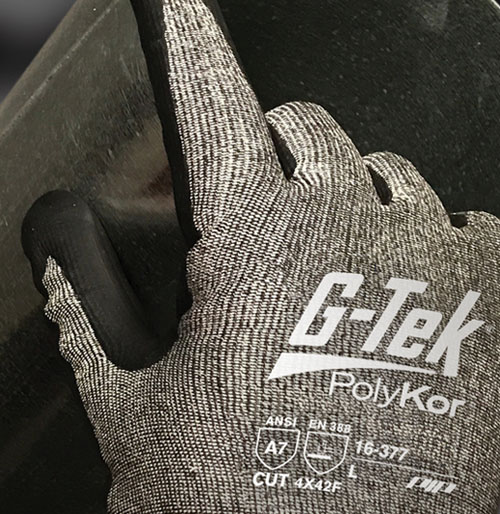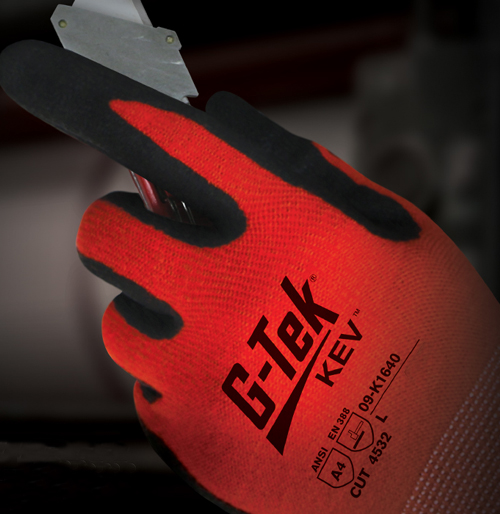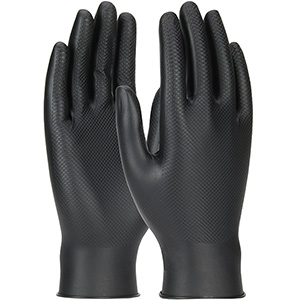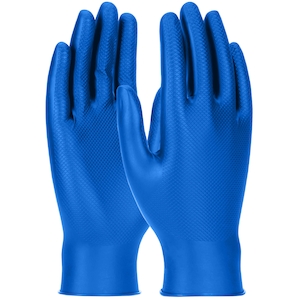
-
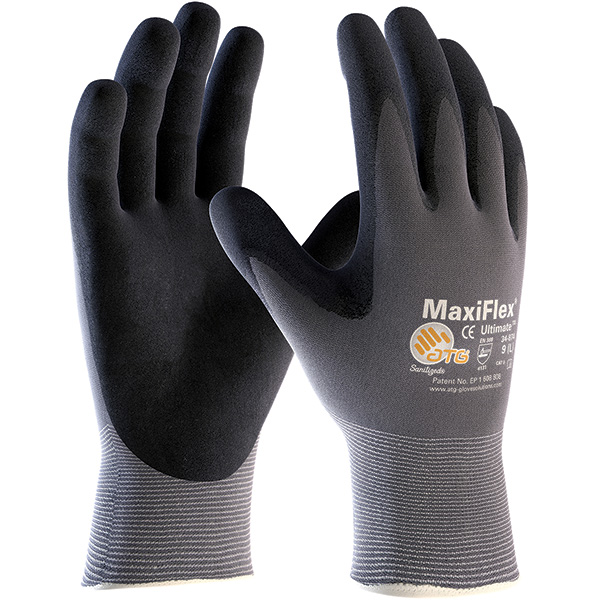 通用手套MaxiFlex® Ultimate™34-874
通用手套MaxiFlex® Ultimate™34-874
-
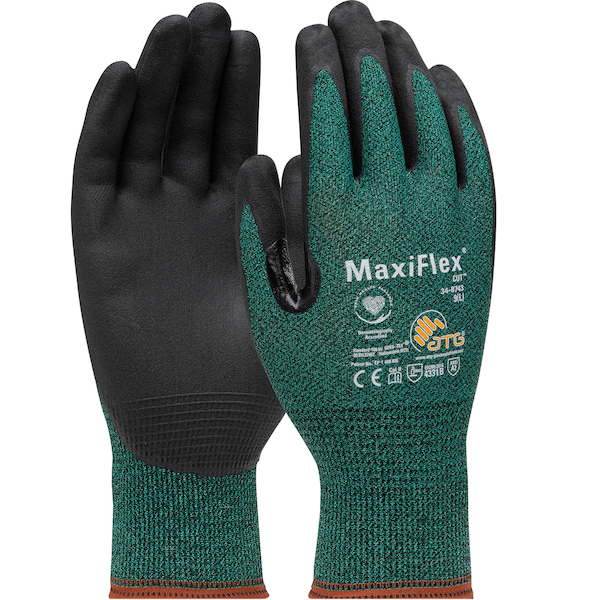 防切割手套MaxiFlex® Cut™34-8743
防切割手套MaxiFlex® Cut™34-8743
-
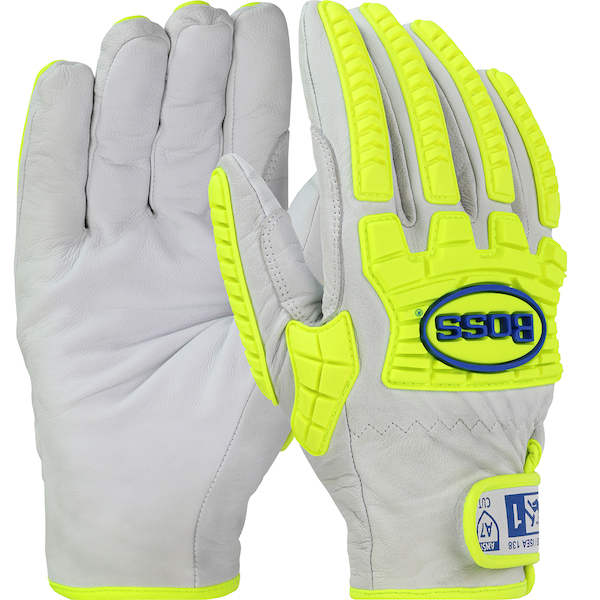 高性能手套Boss®9916
高性能手套Boss®9916
-
 防切割手套MaxiCut® Ultra™44-3745
防切割手套MaxiCut® Ultra™44-3745
-
 延长使用一次性手套Grippaz™ Skins67-246
延长使用一次性手套Grippaz™ Skins67-246
-
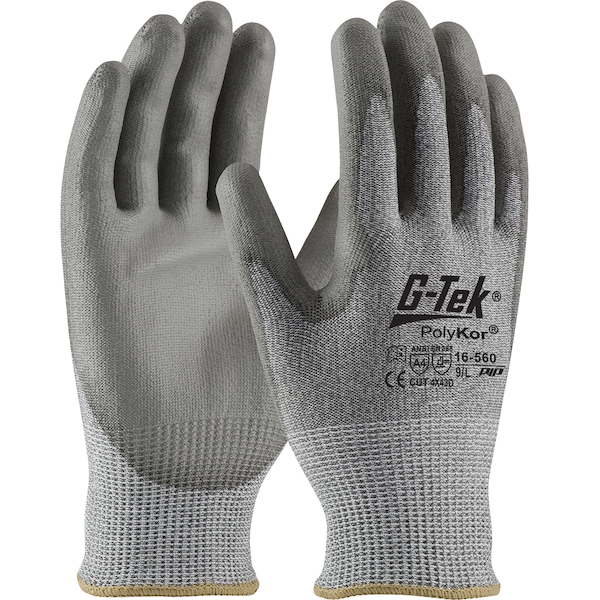 防切割手套G-Tek® PolyKor®16-560
防切割手套G-Tek® PolyKor®16-560
-
 降温产品EZ-Cool® Max396-EZ900
降温产品EZ-Cool® Max396-EZ900
-
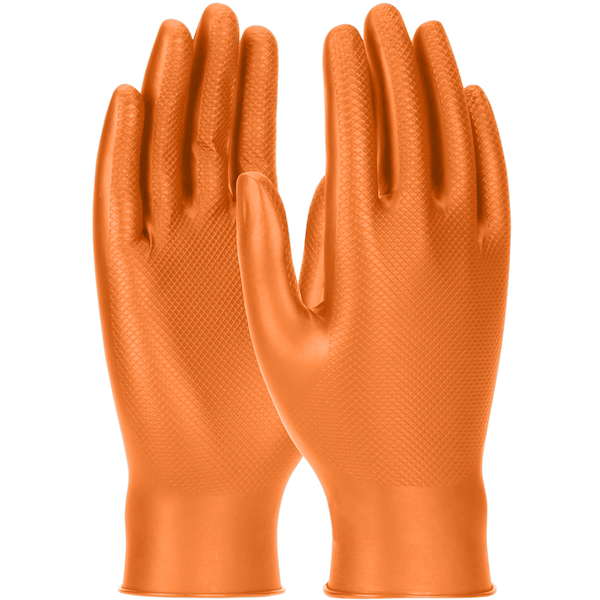 延长使用一次性手套Grippaz™ Skins67-256
延长使用一次性手套Grippaz™ Skins67-256
-
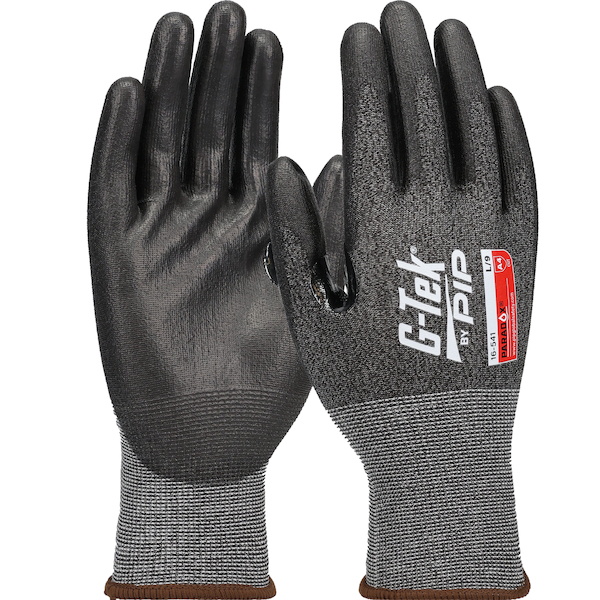 防切割手套G-Tek® Paradox™16-541
防切割手套G-Tek® Paradox™16-541
-
 降温产品EZ-Cool®396-602
降温产品EZ-Cool®396-602
-
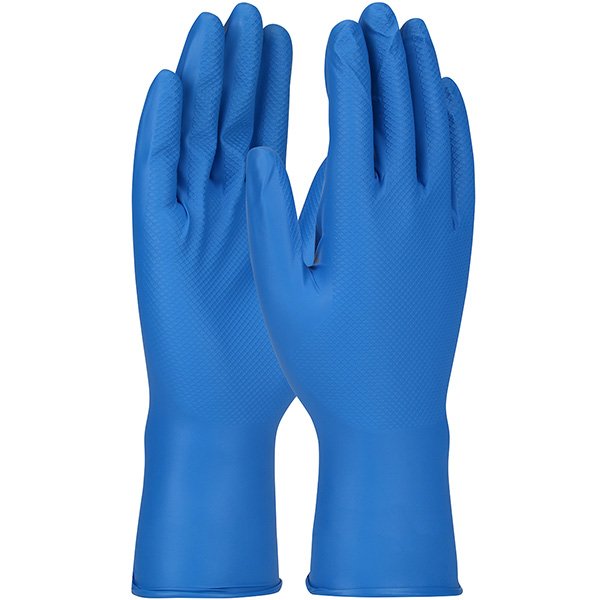 延长使用一次性手套Grippaz™ Food Plus67-308
延长使用一次性手套Grippaz™ Food Plus67-308
-
 高性能手套G-Tek® PolyKor®16-AR413
高性能手套G-Tek® PolyKor®16-AR413

















